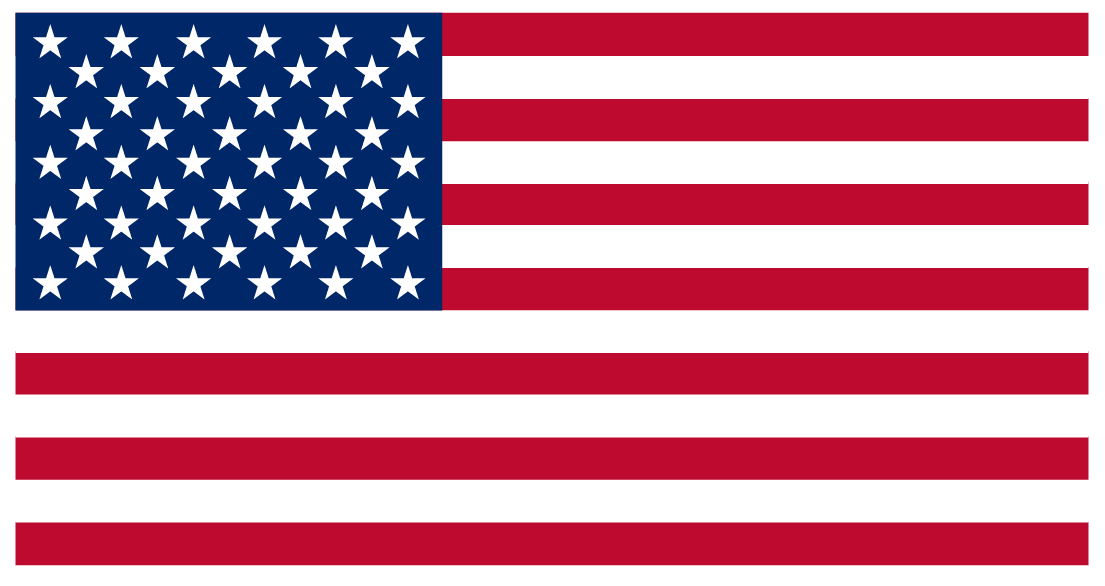News
History of the Hawaiian Shirt
1. How did Hawaiian Shirts start?
The whole country For a long time, Hawaii has been a haven for worried Americans. Hawaiian music was popular during the height of World War I, when the United States was preparing to join the war. There was a full-page image of an imagined “Ukulele Square, the Hawaiian Quarter of New York” in the 1916 New York Tribune, and Hawaiian records sold more than any other genre. Ukuleles were also common in college dorms and affluent nightclubs. Once again, the United States looked to Hawaii during the Great Depression, and this time they appropriated the aloha shirt, a symbol of Hawaiian culture.

The exact date of the aloha shirt’s arrival in Hawaii is unknown, although it was likely in the 1920s or 1930s when local Japanese women began making men’s shirts out of kimono fabric. The vintage hawaiian shirts were popular among Hawaiian visitors, but they really took off once they reached the mainland in the mid-1930s. Many men were unemployed and many more were fighting for their breadwinner status during that time in America, which was a time of great suffering and fear.
As a possible reaction, hyper-manliness gained traction; the sport of bodybuilding experienced meteoric growth, and Superman emerged. The fact that males wore an item that was so stereotypically feminine may sound counterintuitive. In 1936, the Los Angeles Times joked that “the moment your daughter, sister, wife, or even mother lays eyes on this vibrant shirt, she will want one.” So, it was advised to acquire two or three of these shirts. Men continued to purchase despite that. In 1940, the annual revenue from aloha shirts exceeded $11 million (in today’s money).
2. When did Hawaiian Shirt start being popular?
One of the reasons that males adopted a dress that would have been more appropriate for their sisters’ closet was because wealthy and prominent men wore it. Visitors to Hawaii in the 1930s were almost always wealthy, and soon long, aloha shirts were being sold by celebrities who were the models that regular Americans aspired to be like. There were a number of American superstars who were lending their names to various companies. These heroes included the three-time Olympic swimming champion and surfing pioneer Duke Kahanamoku, as well as the singer Bing Crosby.

According to Dale Hope, a historian and author of The Aloha Shirt: Spirit of the Islands, those endorsements had “a huge effect on people purchasing those shirts.” Hope notes that these endorsements were influential. If you were able to wear what the man who had survived the Great Depression was wearing, it didn’t matter that it was a feminine garment; you appeared to be someone who didn’t have to worry about his male credentials.
When the shirt was finally available in stores in the Lower 48, it became possible for every day laborer to purchase for just one dollar something that had previously needed an extravagant trip. “Symbol[s] of the comfortable, gay, and picturesque,” as one journalist put it in 1939, a man wearing an aloha shirt, which depicts hula dancers and luaus, may look an appropriate representation of the carefree boom.
Celebrate Back to the Future with our Doc Brown Hawaiian button Shirt. Emmett Lathrop Brown, Ph.D., commonly referred to as “Doc Brown”, is a fictional scientist character in the Back to the Future franchise.


Step into the wild world of Fear and Loathing in Las Vegas with our Dr Gonzo red Hawaiian Shirt. Dr. Gonzo is Duke’s insane attorney, who is a surrogate of Oscar Zeta Acosta, and is the main character in the film, alongside Raoul Duke.
Hawaiian shirt had reached the point where it was fully widespread by the 1960s. Aloha Fridays were a regular occurrence at a particular kind of workplace, and it seemed that everyone, from Elvis Presley to Richard Nixon, who was distinctly unhip, looked like they were wearing an aloha shirt. Over the course of time, whether it was inevitable or not, it descended into the world of cheesy suburban dad-wear.
In spite of this, fashion publications have heralded a revival in the past five years, and high-end designers such as Gucci are taking the aloha shirt to new heights by creating prints that draw inspiration from Japanese designs that were popular in the early days of the garment. While this is going on, there are still some shirtmakers from Hawaii’s old guard that are staying strong. In 1936, Kahala was established as one of the first firms to produce aloha shirts.
Recently, the company has been searching through its archives in order to recreate designs that date back to the 1930s. These designs include ones that were popularized by Duke Kahanamoku. According to Jason Morgan, the general manager of Kahala, “people are looking to bring some light, some color, and some vibrancy into their lives.” “I believe that is more important than it has ever been. If a shirt bearing the word “aloha” can make someone’s day better, I believe that to be a rather powerful statement.
Conclusion
In conclusion, the history of the Hawaiian shirt, or Aloha shirt, is a vibrant tapestry woven with cultural influences, creativity, and evolving fashion trends. From its humble beginnings in the early 20th century, crafted by local tailors using colorful Japanese fabrics, to its rise as a global fashion icon, the Hawaiian shirt has become a symbol of relaxed, tropical living. It reflects the spirit of Hawaii, blending the island’s rich heritage with a laid-back, yet stylish, aesthetic. Today, whether worn casually or as a statement piece, the Hawaiian shirt continues to celebrate its unique origins and enduring appeal, embodying the essence of aloha wherever it’s worn. Get your best hawaiian shirts today!


